
ITFCEH
NEWS



LEAD CONTAMINATION IN SHYMKENT


In 2002 a team of American and Kazakh scientists, working under a project supervised by the Ministry of Education and Science and the Ministry of Health Care of the Republic of Kazakhstan, discovered a dangerous “lead anomaly” in Shymkent, South-Kazakhstan Region. The team collected soil samples using state-of-the-art equipment and methodology. The results revealed significant levels of soil contamination associated with lead smelting plant emissions. The first such discovery was made at the kindergarten "Sholpan" with lead concentrations in soils of up to 24,000 mg/kg at the playground. This level of contamination was 800 times higher than the maximum permitted regulatory level in Kazakhstan.
Subsequent investigation determined that the extent of contamination was distributed over a large territory of approximately 50 square kilometers surrounding an “epicenter” at the local lead smelter. The level of lead in soil near the physical boundary of the lead smelter was observed to be over 70,000 mg/kg - you actually could mine lead there!
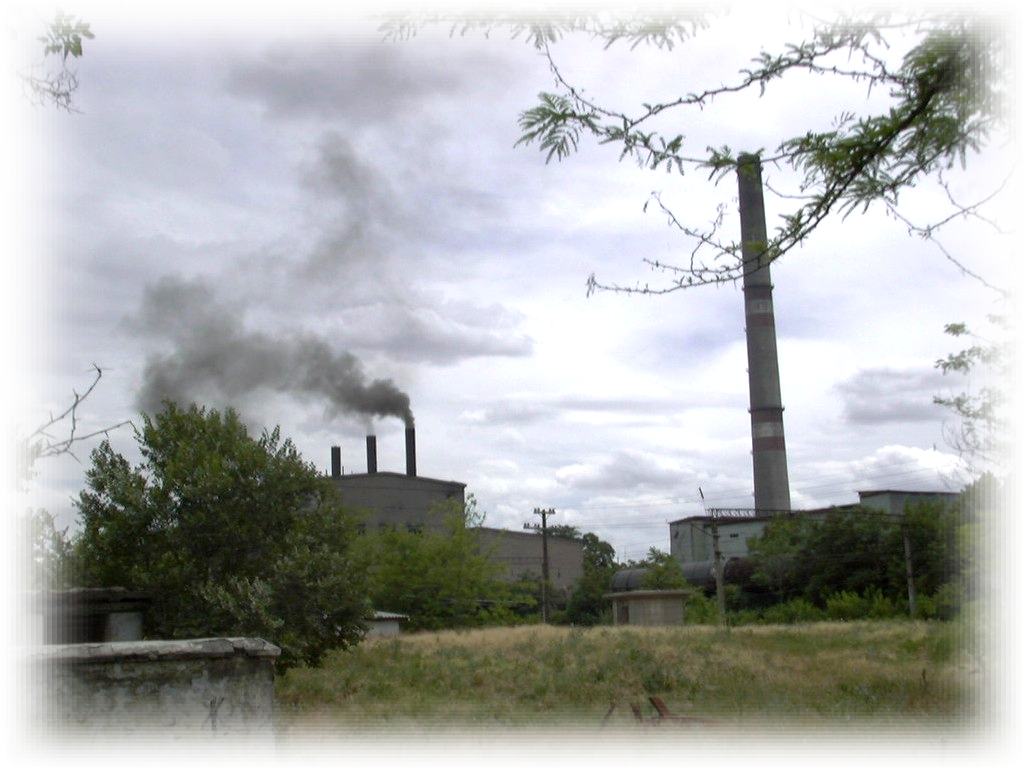
Further analysis performed at the University of Colorado (U.S.) proved that the lead in Shymkent soil is extremely bioavailable (easily absorbed by the body). Because of its origin (emissions from the lead smelter) almost 100% of the lead in local soils is in a bioavailable form that penetrates the biological barriers and enters the blood stream of children after being ingested.
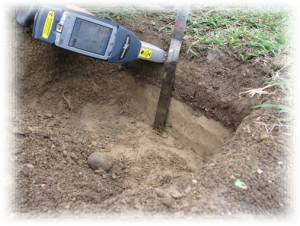
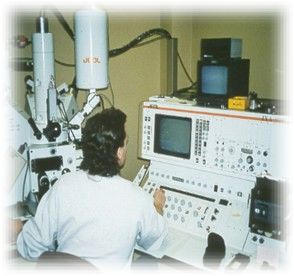
Tests indicated lead contamination has penetrated below the soil surface, with results revealing high concentrations of lead to a depth of five to ten centimeters. Industrial-based lead contamination has been identified in local household dust, on the bottom of Komsomolskoye lake, and in the agricultural soil on the bank of the Badam River, demonstrating the widespread extent of lead contamination - meaning that lead contamination is virtually everywhere in Shymkent.
The following map was prepared in 2008. The satellite image illustrates the extent of lead contamination in and around Shymkent. In Kazakhstan, a level of lead in soil of more than 32 mg/kg is considered dangerous. The blue line indicates the zone where lead in soil levels exceed 1,000 mg/kg - however, the contaminated zone is much, much wider!
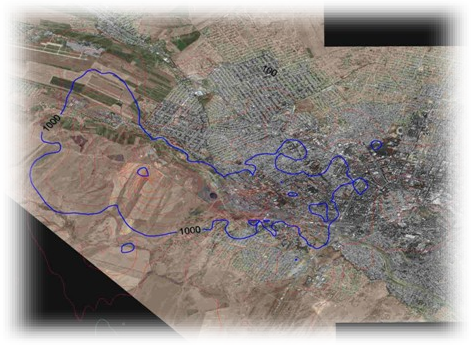
Children are the most vulnerable population to the health effects of lead exposure. In 2002, children in Shymkent daycare centers were tested for the first time for lead in blood: the most precise test for early stages of lead poisoning. The results were astonishing.
Of all the children tested in the vicinity of the lead smelter, 95% had lead in blood levels above 10 ug/dl, the highest level considered safe by most authorities . Some children had lead in blood levels greater than 100 ug/dl, a level considered life threatening. Overall, 65% of Shymkent children had excessive and dangerous levels of lead in blood. In contrast, the percentage of children with elevated lead in blood levels in Ust-Kamenogorsk, a similar lead-smelting city, was only 15 %!
The results of our American/Kazakh team were confirmed in 2009 by the Blacksmith Institution, an organization that annually ranks contamination levels of cities worldwide. Data indicates the contamination in Shymkent is worse than in La Oroya, Peru, considered to be the second-most dangerous lead contaminated city - Shymkent appears to be one of the most lead-contaminated places in the World! .
Not less than forty thousand children in Shymkent are currently estimated to be poisoned by lead. The dry climate in Shymkent exacerbates the conditions for exposure because dry particles are less likely to fall out of the air, and more easily re-entrained once settled. Also, airborne lead is easily inhaled when the local smelter produces its emissions. Further, children playing in areas of contaminated soils or dusts are especially exposed when their hands become contaminated with even the smallest amount of contaminated soil and dust. The environmental lead contamination in Shymkent and the ongoing health impact on children living in the contaminated zone is a catastrophe and a tragedy. It is the commitment of the International Task Force for Children’s Environmental Health to pursue and coordinate the necessary resources to improve environmental health conditions impacting children in Shymkent and world-wide.
Of all the children tested in the vicinity of the lead smelter, 95% had lead in blood levels above 10 ug/dl, the highest level considered safe by most authorities . Some children had lead in blood levels greater than 100 ug/dl, a level considered life threatening. Overall, 65% of Shymkent children had excessive and dangerous levels of lead in blood. In contrast, the percentage of children with elevated lead in blood levels in Ust-Kamenogorsk, a similar lead-smelting city, was only 15 %!
The results of our American/Kazakh team were confirmed in 2009 by the Blacksmith Institution, an organization that annually ranks contamination levels of cities worldwide. Data indicates the contamination in Shymkent is worse than in La Oroya, Peru, considered to be the second-most dangerous lead contaminated city - Shymkent appears to be one of the most lead-contaminated places in the World! .
Not less than forty thousand children in Shymkent are currently estimated to be poisoned by lead. The dry climate in Shymkent exacerbates the conditions for exposure because dry particles are less likely to fall out of the air, and more easily re-entrained once settled. Also, airborne lead is easily inhaled when the local smelter produces its emissions. Further, children playing in areas of contaminated soils or dusts are especially exposed when their hands become contaminated with even the smallest amount of contaminated soil and dust. The environmental lead contamination in Shymkent and the ongoing health impact on children living in the contaminated zone is a catastrophe and a tragedy. It is the commitment of the International Task Force for Children’s Environmental Health to pursue and coordinate the necessary resources to improve environmental health conditions impacting children in Shymkent and world-wide.


® ITFCEH ALL RIGHTS RESERVED
10201 W. 43rd Ave. Wheat Ridge, CO 80033
PHONE (303) 420-8242 · FAX (303) 431-4602
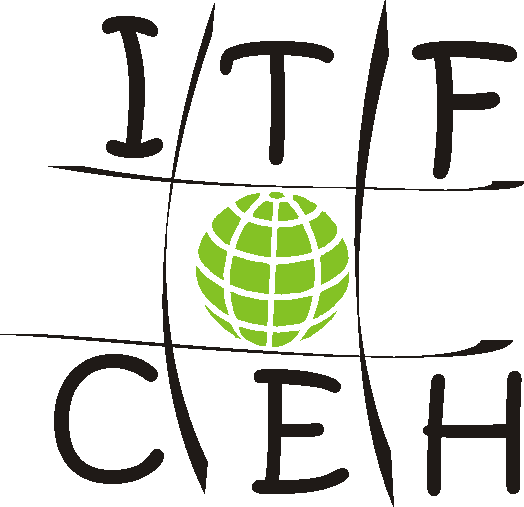
INTERNATIONAL TASK FORCE FOR CHILDREN'S ENVIRONMENTAL HEALTH

ITFCEH has been created as international non-profit organization and will be chaired by Dr. Andrey Korchevskiy (USA).

ITFCEH made a presentation on July 13, 2011 during the scoping meeting of the special expert group in the headquarter of World Health Organization in Geneva, Switzerland.

Visit our web-site dedicated to the problem of environmental lead contamination in Shymkent, South Kazakhstan: